Division doesn't have to be boring! Let your students practise with our fun differentiated dragon practice sheets.
Looking for a fun take on usual division worksheets? Behold the super-cool, sunglasses-wearing Division Dragon! 🐉
Differentiated Division Worksheets
This set of worksheets have multiple levels of content. Look for the shape in the top left corner of each page to help distinguish each version.
- Circle Version
- division facts, e.g. 15 ÷ 3 = __
- Triangle Version
- short division format, dividing two- and three-digit numbers by a single-digit number (no remainders)
- Square Version
- short division format, dividing two- and three-digit numbers by a single-digit number (including remainders).
Take a look at all our other stretchy animal worksheets below! Each set includes three differentiated worksheets and a fun stretchy character.
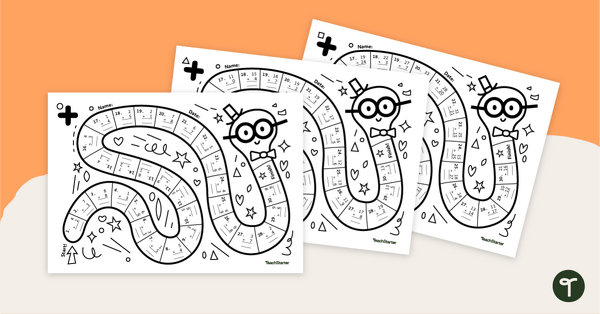
teaching resource
Addition Worm – Worksheet
Build your students' addition skills with this fun set of differentiated worksheets.
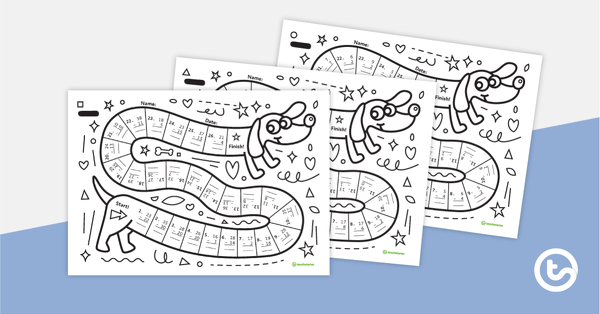
teaching resource
Subtraction Sausage Dog – Worksheet
A set of superb subtraction sausage dog worksheets.

teaching resource
Multiplication Mouse – Worksheet
The multiplication mouse is scurrying in with three differentiated worksheets.


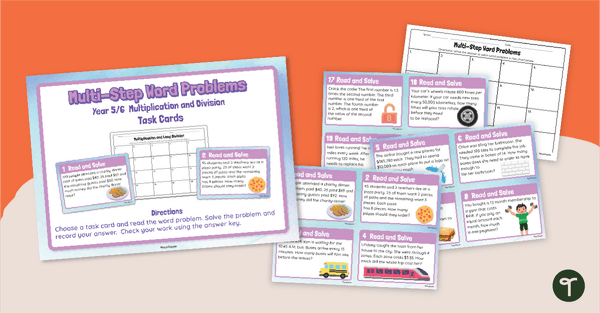

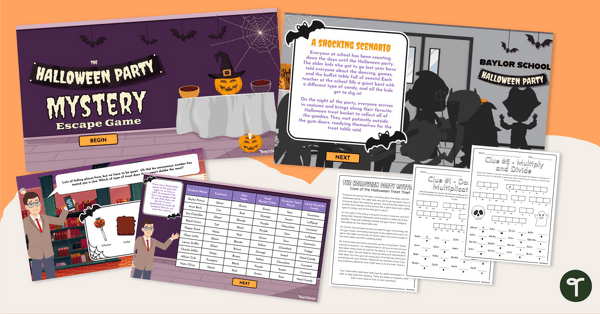

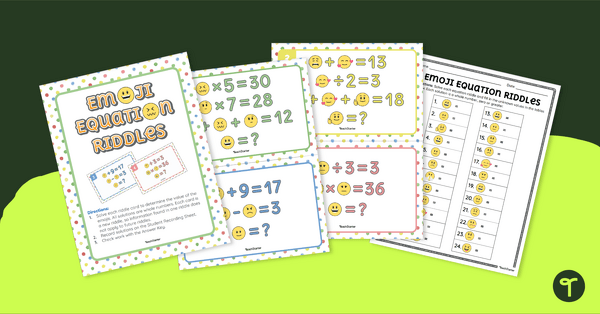

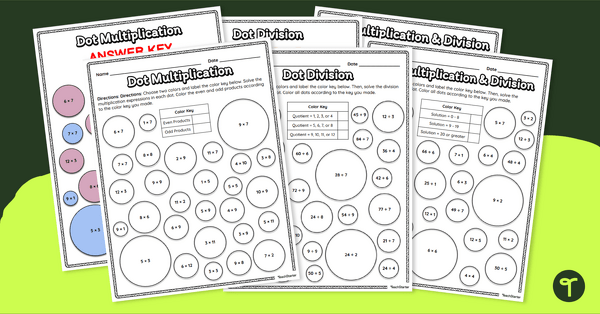
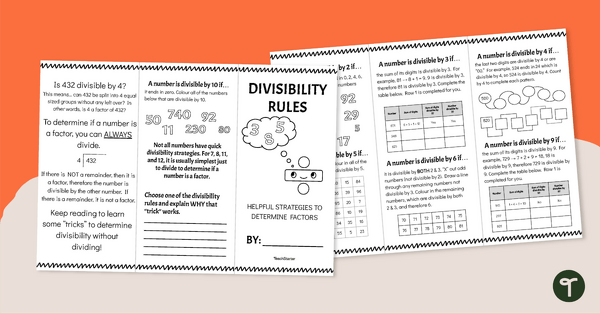
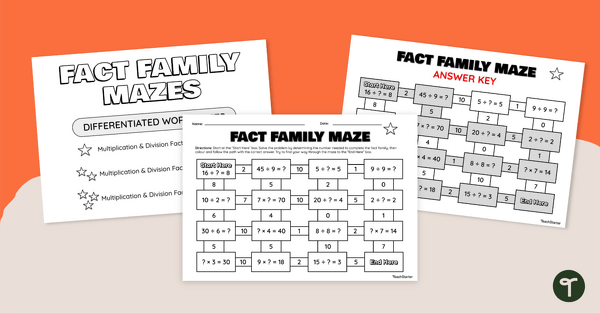
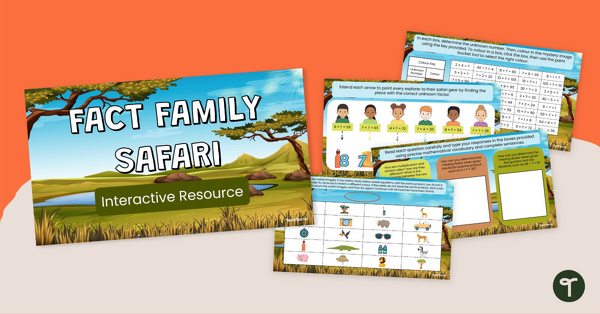
0 Comments
Write a review to help other teachers and parents like yourself. If you'd like to request a change to this resource, or report an error, select the corresponding tab above.